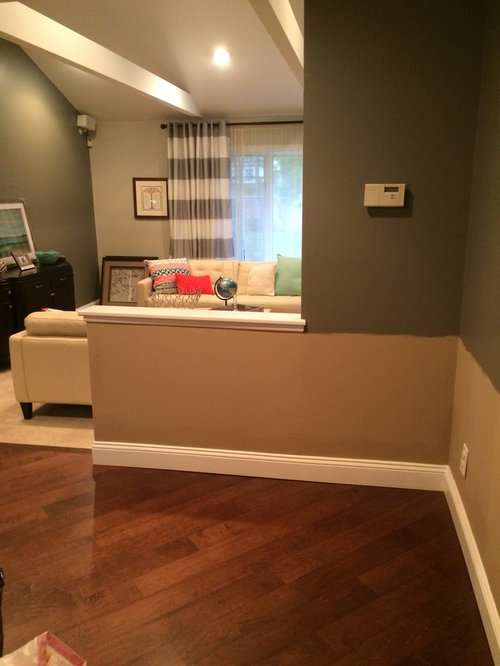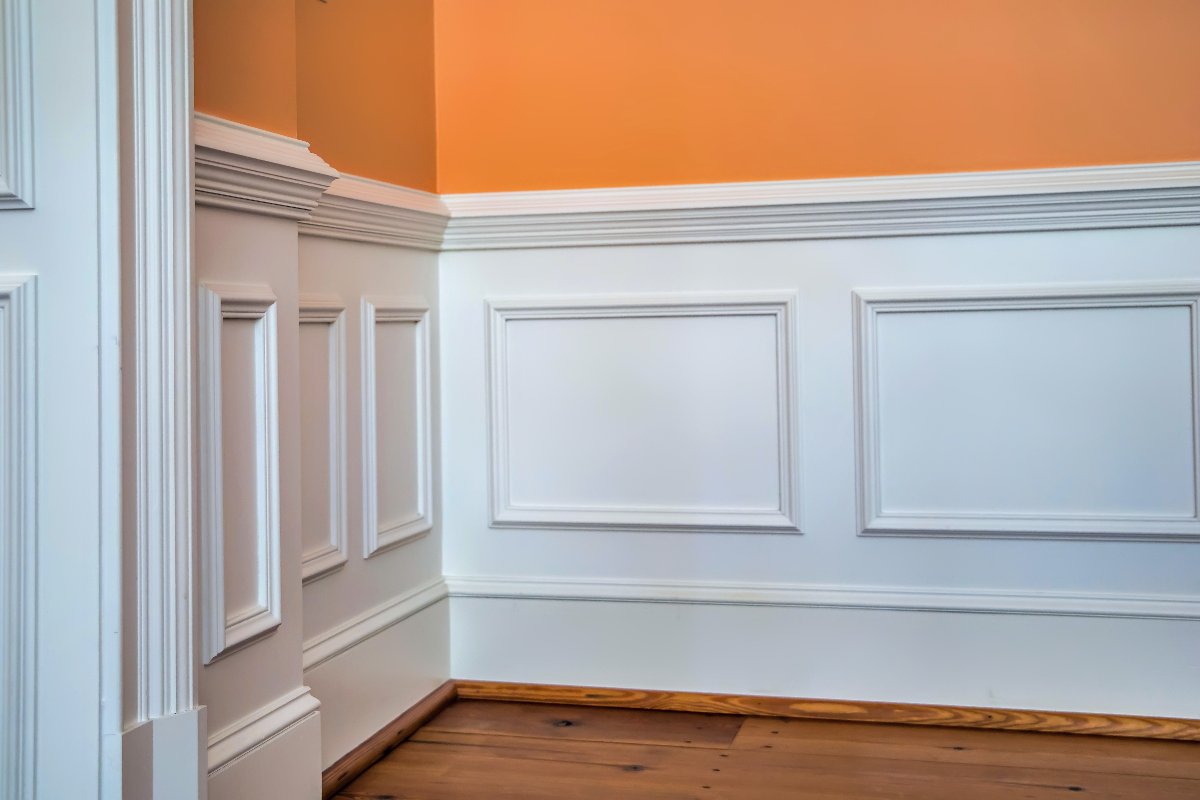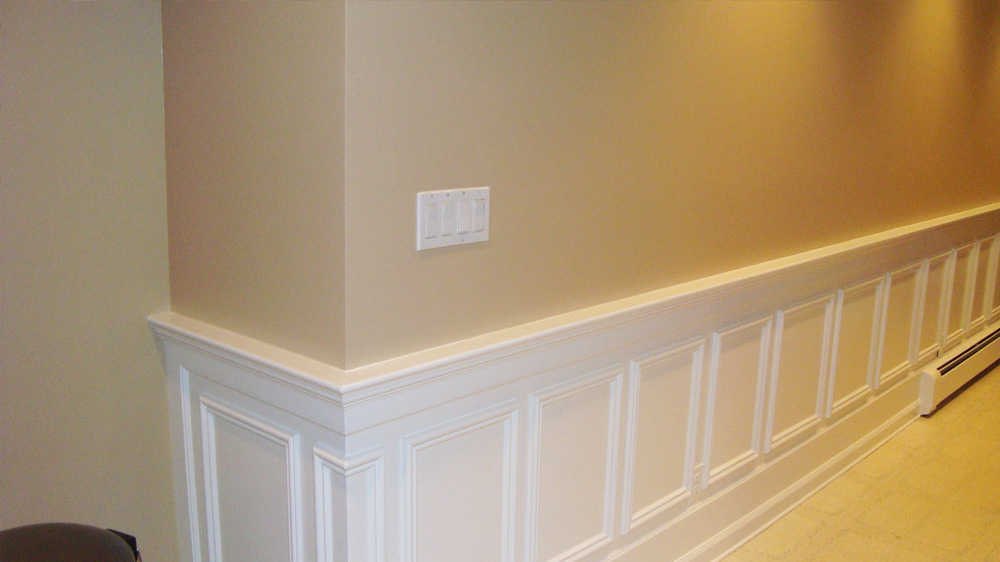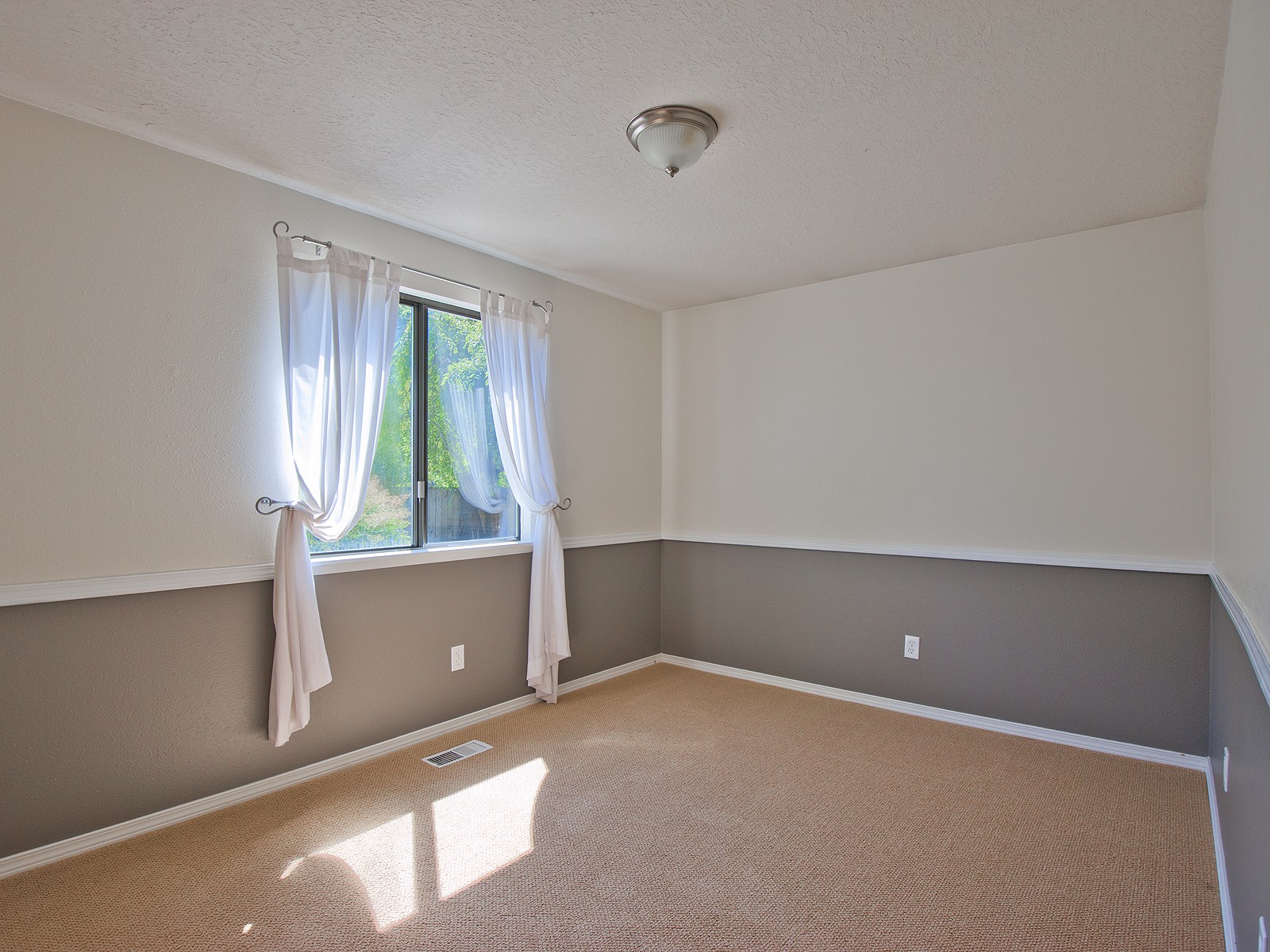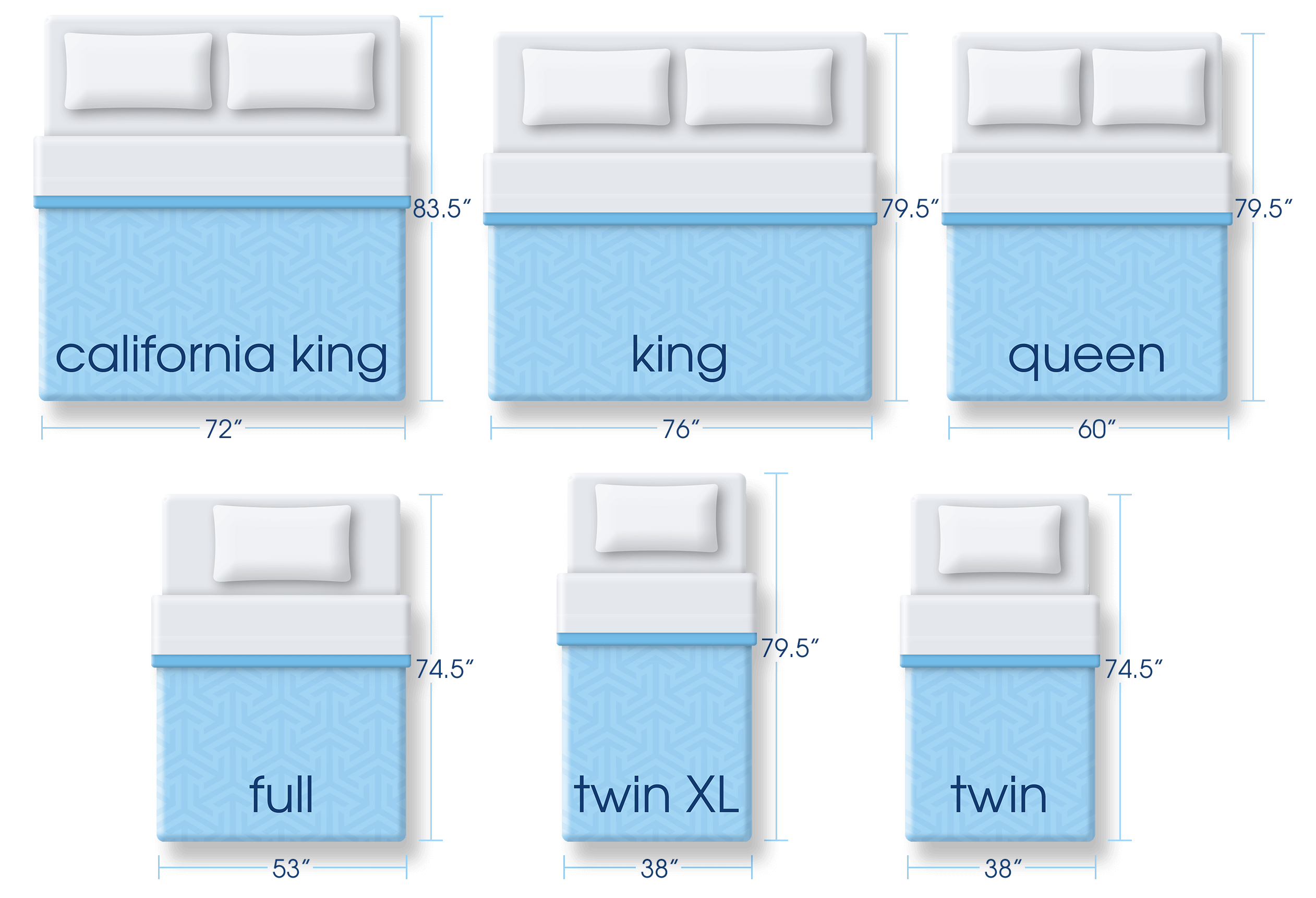When it comes to adding a chair rail to your dining room, one of the most important decisions you'll have to make is the height at which it will be installed. The height of the chair rail not only affects the overall look of the room, but it also serves a functional purpose of protecting your walls from chair backs and other potential damages. So, how high should you install a chair rail in your dining room? Let's explore the different options.Chair Rail Height: How High Should You Install It?
The traditional height for a chair rail is around 30 inches from the floor, but this can vary depending on the size and style of your dining room. To determine the correct height, measure the height of your dining room walls and divide it by three. This will give you a good starting point for the height of your chair rail. Once you have determined the height, you'll need to decide where to install the chair rail. Typically, it is installed around one-third of the way up from the floor. However, if you have high ceilings, you may want to install it a little higher to create a more balanced look.Chair Rail Height: How and Where to Install It
Aside from measuring and dividing your wall height, there are a few other factors to consider when determining the correct height for your chair rail. Firstly, consider the style of your dining room. If you have a more traditional or formal style, a higher chair rail may be more appropriate. For a more casual or modern look, a lower chair rail may work better. You should also take into account any existing features in your dining room, such as windows, doors, or molding. You want the chair rail to be installed evenly around the room, so make sure to measure and mark where these features are before installing the chair rail.Chair Rail Height: How to Determine the Correct Height
To ensure that your chair rail is installed at the correct height, it's important to use a level and mark the wall with a pencil before installing. This will ensure that the chair rail is straight and evenly installed around the room. Another tip is to always double-check your measurements and adjust accordingly. It's better to take a little extra time to make sure everything is precise rather than rushing through and ending up with an uneven chair rail.Chair Rail Height: A Guide to Getting it Right
When installing a chair rail, it's important to use the right tools and materials. Make sure to use a sturdy chair rail material, such as wood or MDF, and secure it to the wall with strong adhesive or nails. It's also a good idea to use a carpenter's square to ensure that the corners of the chair rail are at perfect right angles. For a more professional look, you can also add a decorative cap or molding to the top of the chair rail. This will add a touch of elegance to the room and make the chair rail look more finished.Chair Rail Height: Tips and Tricks for Installing
Now that you know the basics of installing a chair rail at the correct height, here are a few dos and don'ts to keep in mind:Chair Rail Height: The Dos and Don'ts of Installing
While installing a chair rail may seem like a simple task, there are a few common mistakes that people make. These include:Chair Rail Height: Common Mistakes to Avoid
While the traditional height for a chair rail is around 30 inches, this may not work for every dining room. Here are a few ideas for different room types:Chair Rail Height: Ideas for Different Room Types
Ultimately, the right height for your chair rail will depend on your personal preference and the style of your dining room. Take into account the tips and suggestions mentioned above, but don't be afraid to experiment and find the height that works best for you. You can also use your own body as a guide - sit in a chair at your dining room table and measure the height of the backrest. This will give you a good idea of where the chair rail should be installed to protect your walls from potential damage.Chair Rail Height: How to Choose the Right Height for Your Dining Room
Still not sure which height to choose for your chair rail? Here are a few pros and cons of different heights to help you make a decision:Chair Rail Height: Pros and Cons of Different Heights
The Importance of Chair Rail Heights in Dining Room Design

Why Chair Rails are Essential
 When it comes to designing a dining room, there are many different elements to consider. From the furniture to the color scheme, every detail plays a role in creating a cohesive and visually appealing space. One often overlooked but crucial aspect of dining room design is the
chair rail
. This horizontal strip of molding, typically placed around 30 inches from the floor, serves both practical and aesthetic purposes. Not only does it protect your walls from damage caused by chairs, but it also adds a touch of elegance and sophistication to the room.
When it comes to designing a dining room, there are many different elements to consider. From the furniture to the color scheme, every detail plays a role in creating a cohesive and visually appealing space. One often overlooked but crucial aspect of dining room design is the
chair rail
. This horizontal strip of molding, typically placed around 30 inches from the floor, serves both practical and aesthetic purposes. Not only does it protect your walls from damage caused by chairs, but it also adds a touch of elegance and sophistication to the room.
Choosing the Right Height for Your Chair Rails
 The height at which you install your chair rails can have a significant impact on the overall look and feel of your dining room.
Chair rail heights
can vary depending on the style and size of your room, but there are a few general guidelines to keep in mind. If you have standard 8-foot ceilings, a chair rail placed around 30 inches from the floor will create a balanced and visually pleasing look. However, if your ceilings are higher, you may want to consider installing the chair rail a bit higher as well. Additionally, the height of your chair rail should be in proportion to the height of your furniture. For example, if you have tall dining chairs, you may want to install the chair rail a bit higher to avoid cutting them off visually.
The height at which you install your chair rails can have a significant impact on the overall look and feel of your dining room.
Chair rail heights
can vary depending on the style and size of your room, but there are a few general guidelines to keep in mind. If you have standard 8-foot ceilings, a chair rail placed around 30 inches from the floor will create a balanced and visually pleasing look. However, if your ceilings are higher, you may want to consider installing the chair rail a bit higher as well. Additionally, the height of your chair rail should be in proportion to the height of your furniture. For example, if you have tall dining chairs, you may want to install the chair rail a bit higher to avoid cutting them off visually.
The Impact on the Room's Design
 The placement of your chair rail can also have a significant impact on the overall design of your dining room. A
chair rail height
that is too low can make the room feel cramped and visually cluttered, while a chair rail that is too high can make the room feel empty and lacking in character. Finding the perfect height for your chair rail will help create a harmonious balance in the room and enhance its overall design.
The placement of your chair rail can also have a significant impact on the overall design of your dining room. A
chair rail height
that is too low can make the room feel cramped and visually cluttered, while a chair rail that is too high can make the room feel empty and lacking in character. Finding the perfect height for your chair rail will help create a harmonious balance in the room and enhance its overall design.
Infusing Style and Personality
 In addition to its practical purposes, the chair rail can also be used as a design element to add style and personality to your dining room.
Chair rail heights
can vary depending on the style of the room. For a more traditional and formal look, a higher chair rail may be more appropriate, while a lower chair rail can create a more casual and relaxed atmosphere. You can also get creative with the design of your chair rail, using different types of molding or incorporating a unique color or pattern to make a statement.
In conclusion,
chair rail heights
play a crucial role in the design of a dining room. From practical protection to enhancing the overall aesthetic, the right chair rail height can make a significant difference in the look and feel of your space. So when it comes to designing your dining room, don't overlook this small but important detail.
In addition to its practical purposes, the chair rail can also be used as a design element to add style and personality to your dining room.
Chair rail heights
can vary depending on the style of the room. For a more traditional and formal look, a higher chair rail may be more appropriate, while a lower chair rail can create a more casual and relaxed atmosphere. You can also get creative with the design of your chair rail, using different types of molding or incorporating a unique color or pattern to make a statement.
In conclusion,
chair rail heights
play a crucial role in the design of a dining room. From practical protection to enhancing the overall aesthetic, the right chair rail height can make a significant difference in the look and feel of your space. So when it comes to designing your dining room, don't overlook this small but important detail.







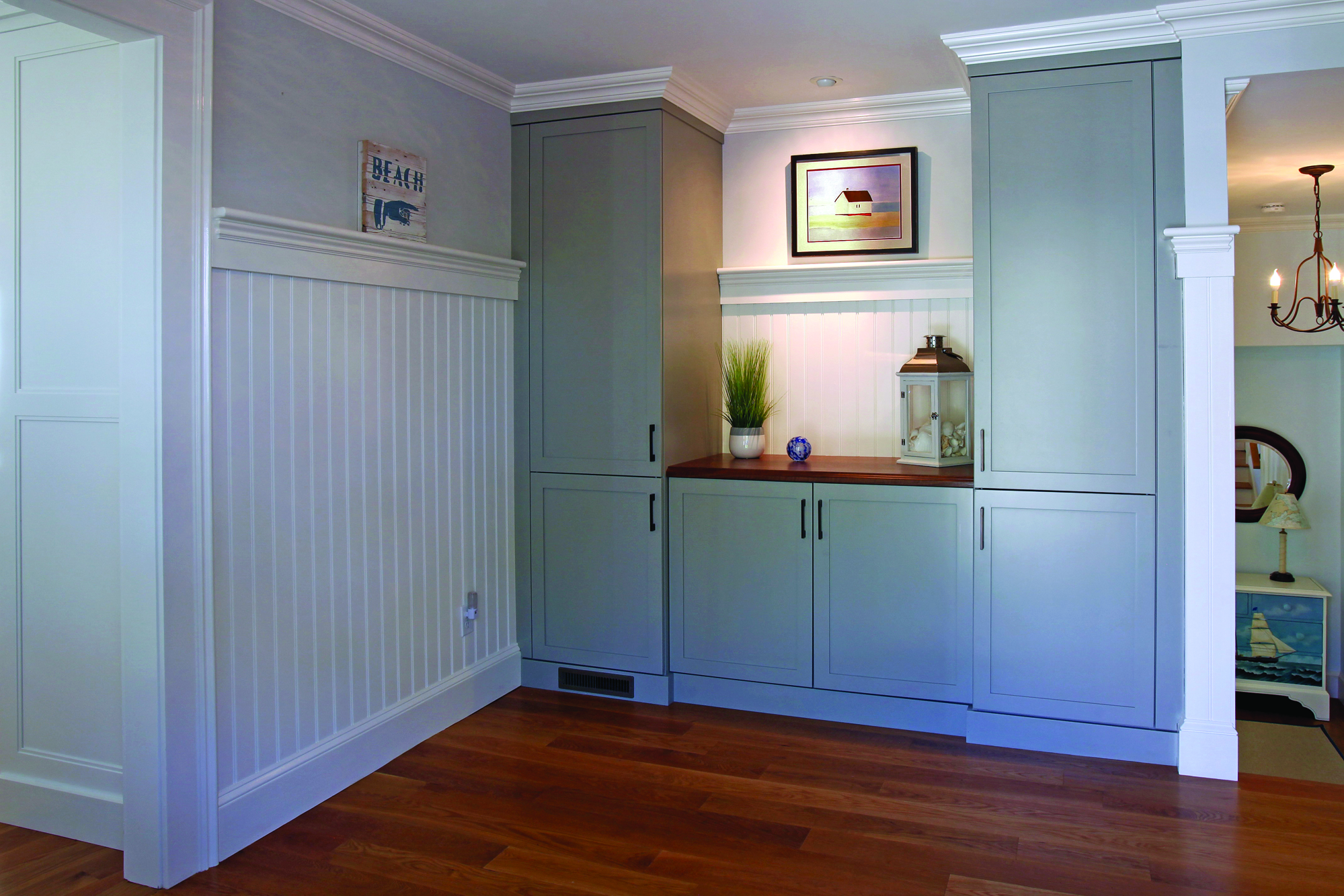








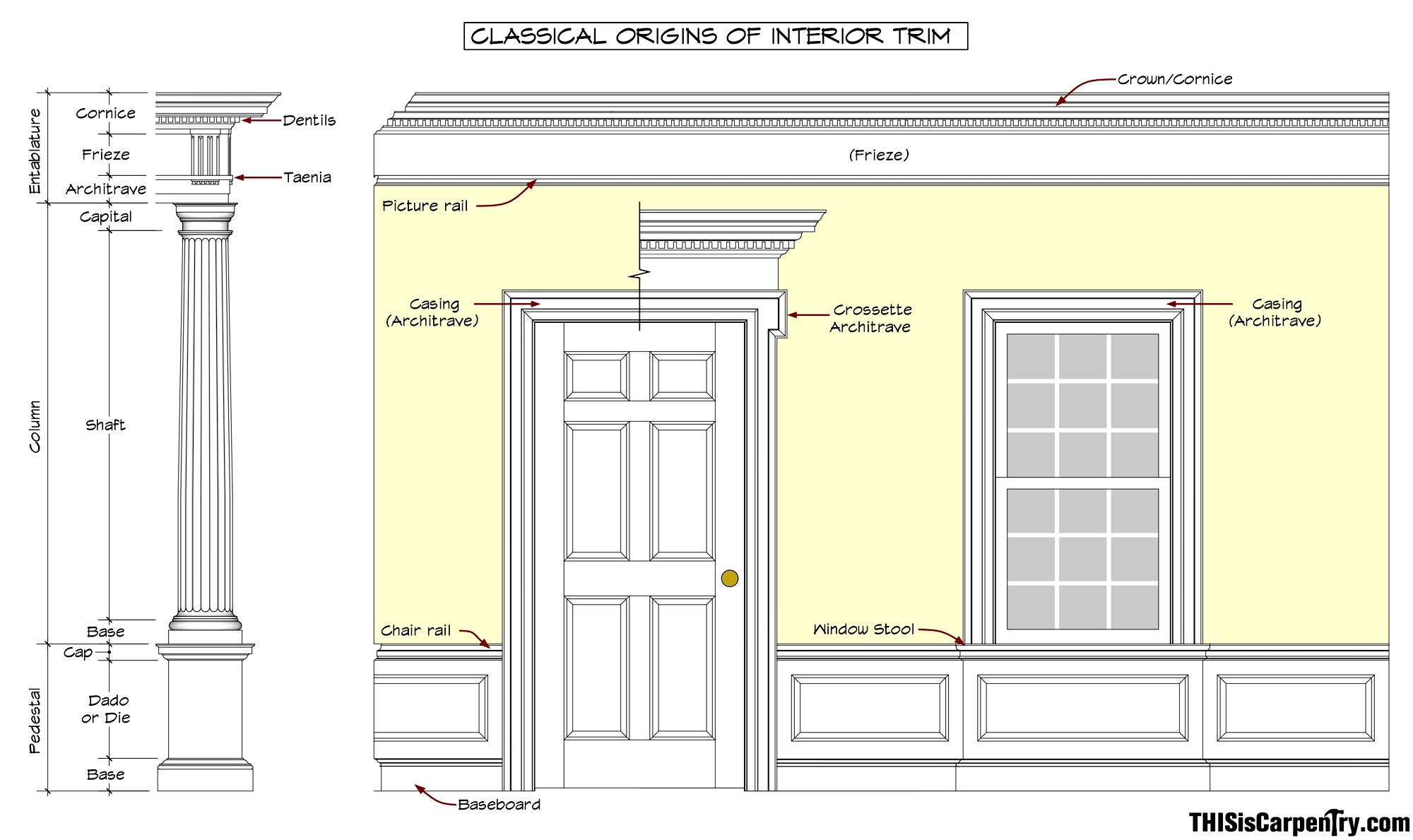



/Familyroomchairrailing-GettyImages-154960933-59ed57bb0d327a001055bfee.jpg)

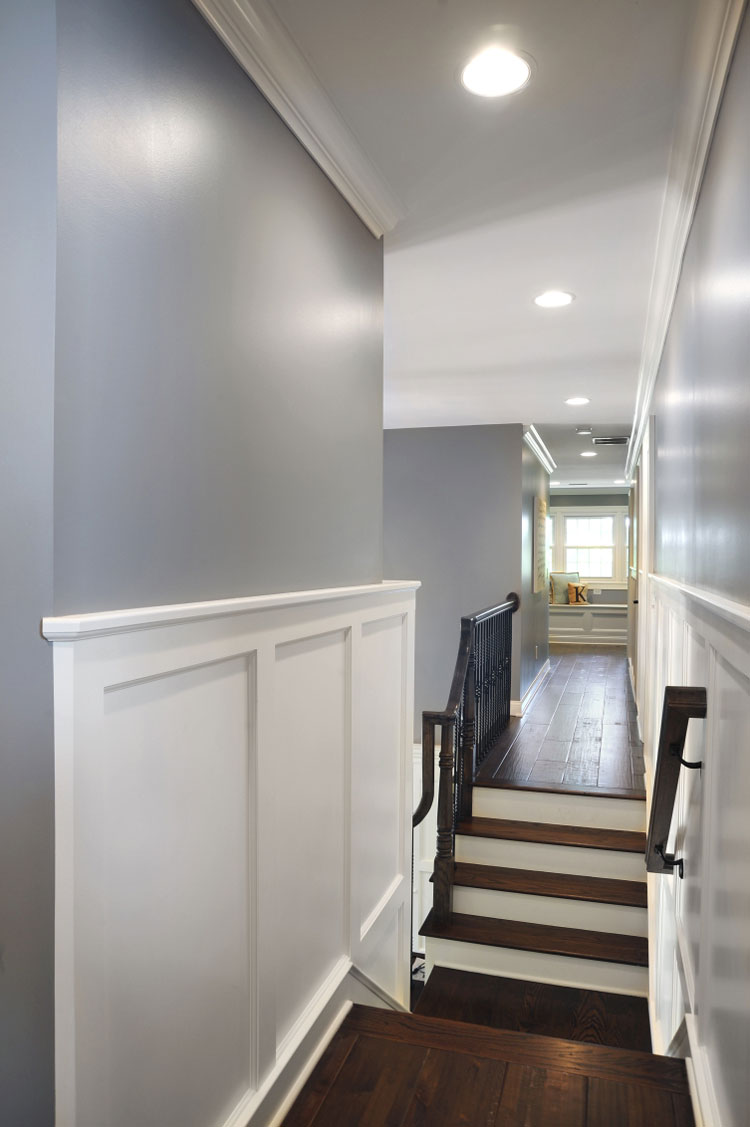




/Familyroomchairrailing-GettyImages-154960933-59ed57bb0d327a001055bfee.jpg)

